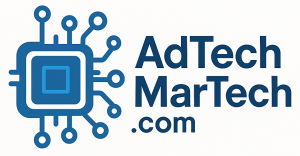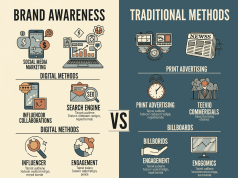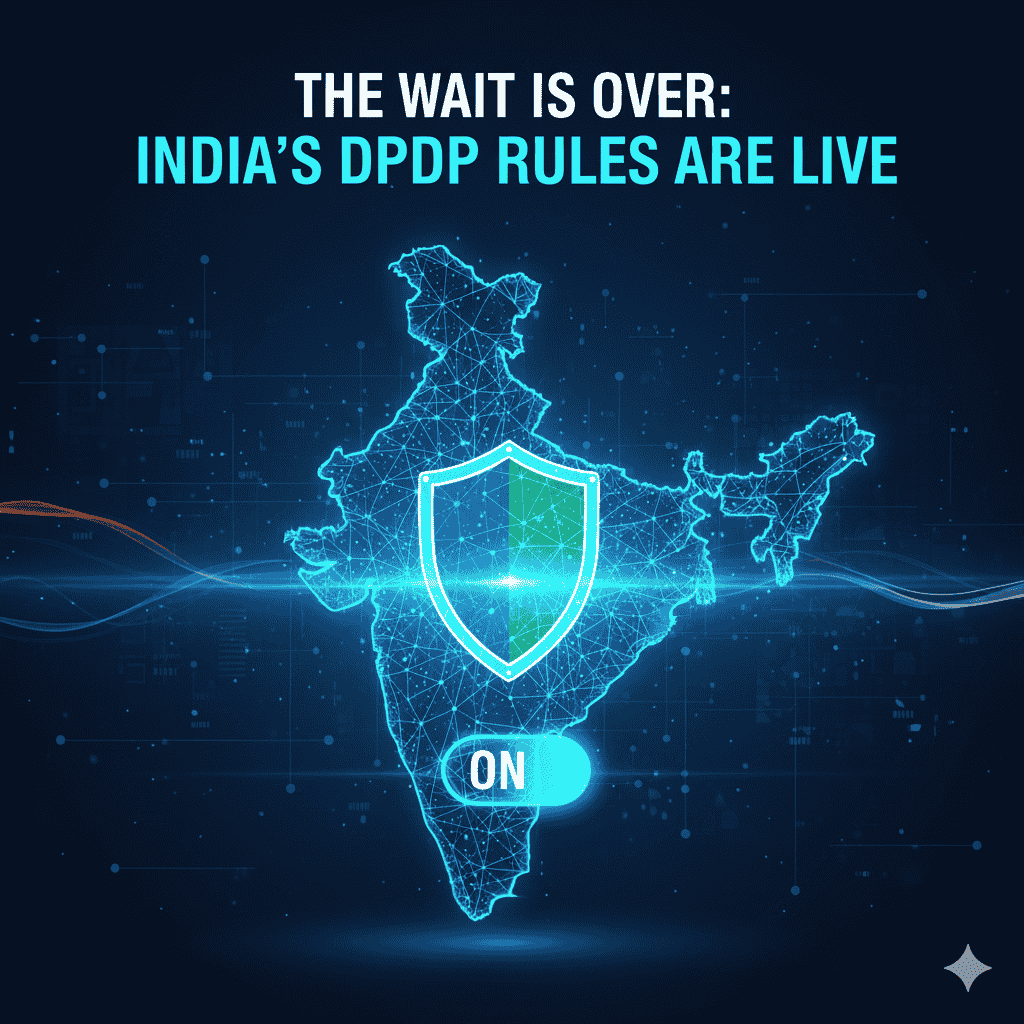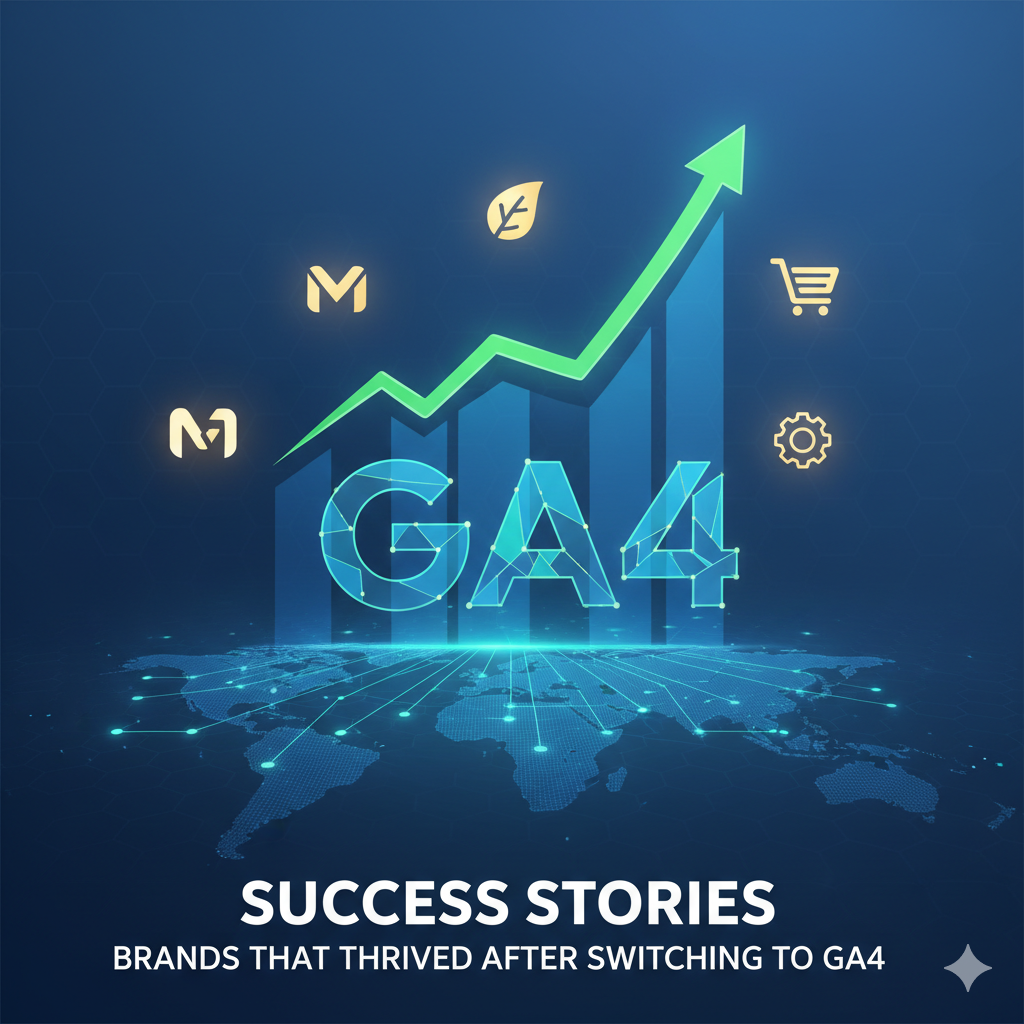In the rapidly evolving digital marketing arena, programmatic advertising is emerging as a powerful force, revolutionizing how brands connect with consumers. By automating the buying and selling of ad space in real time, programmatic advertising is not just streamlining processes but also delivering unprecedented efficiency, targeting, and measurable outcomes. This article explores the transformative impact of programmatic advertising on the marketing landscape and its future implications.
Understanding Programmatic Advertising
At its core, programmatic advertising refers to the automated process of purchasing digital ad space. Utilizing complex algorithms and data analytics, programmatic platforms enable advertisers to target specific demographics, behaviors, and interests, ensuring that ads reach the right audience at the right time. The traditional, manual ad buying process, often slow and inefficient, is being replaced by this more agile method, making it possible for advertisers to optimize campaigns in real time.
Key Components of Programmatic Advertising
Real-time Bidding (RTB): This is a process where ad impressions are bought and sold in milliseconds through auctions. Advertisers bid on ad space based on user data available at the moment of the impression, allowing for highly targeted ads.
Demand-Side Platforms (DSPs): These platforms allow advertisers to purchase ad inventory in real time. They analyze vast amounts of data to identify the best opportunities to reach desired audiences.
Supply-Side Platforms (SSPs): SSPs function on the publisher’s side, optimizing the selling of online ad space. They connect publishers with various ad exchanges to maximize their advertising revenue.
- Data Management Platforms (DMPs): DMPs collect, organize, and analyze data from various sources, enabling brands to make informed decisions regarding targeting, ad placements, and overall strategy.
Benefits of Programmatic Advertising
1. Enhanced Targeting
By leveraging vast amounts of data, programmatic advertising allows marketers to create highly targeted campaigns. Advertisers can segment audiences based on behavior, interests, demographics, and even contextual relevance. This precision reduces wasted ad spend and maximizes the effectiveness of marketing efforts.
2. Real-Time Optimization
With the option for immediate adjustments, marketers can A/B test various strategies, monitor performance, and optimize campaigns in real time. This agility ensures that ads are always performing at their best, adapting to audience responses and market conditions.
3. Increased Efficiency
Automating the ad buying process reduces the time and resources typically required for traditional advertising methods. Marketers no longer need to negotiate ad placements manually, as programmatic technology manages the majority of the transactions.
4. Improved ROI
Because of the precision targeting and efficiency that programmatic advertising offers, brands are seeing better returns on their investments. The ability to analyze data and adapt strategies in real time enables marketers to allocate budgets more effectively and focus on high-performing areas.
Challenges and Considerations
Despite its numerous advantages, programmatic advertising is not without its challenges. Concerns over transparency, ad fraud, and data privacy continue to be significant issues. Advertisers must ensure they work with reputable partners and employ robust security measures to protect consumer data.
Furthermore, the complexity of programmatic ecosystems can be daunting, especially for smaller businesses without extensive resources. Educational initiatives and accessible platforms will be essential for ensuring that all brands, regardless of size, can leverage programmatic advertising effectively.
The Future of Programmatic Advertising
As technology continues to advance, the future of programmatic advertising looks promising. Emerging trends such as artificial intelligence (AI), machine learning, and blockchain are set to enhance the personalization and security of programmatic campaigns even further.
1. AI and Machine Learning
The integration of AI will revolutionize programmatic advertising by allowing machines to learn from data patterns, resulting in more precise targeting and automated decision-making processes. This evolution will facilitate an even deeper understanding of consumer behavior, making ads more relevant and engaging.
2. Rise of Connected TV (CTV)
With the increasing popularity of streaming services, programmatic advertising is expanding into connected TV advertising. This shift will open up new avenues for advertisers to reach audiences in more diverse and interactive ways.
3. Greater Emphasis on Data Privacy
As regulations around data privacy become stricter, programmatic advertising will need to adapt. Ensuring compliance while maintaining effective targeting will be crucial. Brands will need to focus on building trust and transparency with consumers regarding data usage.
Conclusion
Programmatic advertising is undeniably transforming the marketing landscape, offering brands unprecedented opportunities to connect with consumers in meaningful ways. As technology continues to evolve and challenges are addressed, the full potential of programmatic advertising will become apparent. For marketers who embrace this dynamic approach, the future promises to be not just unlocked but boundless. The key to success in this new landscape will lie in adaptability, education, and a commitment to consumer-centric practices.









